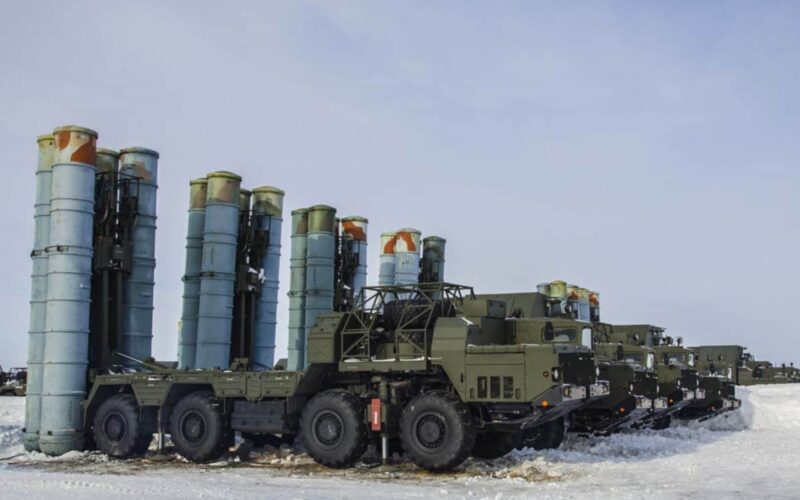Reports suggest that supply chains stemming from Iran have been used to smuggle a large amount of weaponry to Russia, as the country prepares for another offensive in Ukraine.
An investigation by British newspaper the Guardian alleges large numbers of rockets and missiles were transferred from Iraq and Iran with the help of Iran’s weapon smuggling networks.
The transfer includes advanced anti-aircraft systems, such as the S-300, and its Iranian-made analogue, the Bavar-373.
Various anti-tank missiles and multiple rocket launchers, previously operated by Iran-backed Shia militias in Iraq, were also sent.
The Guardian quotes sources within Hashd al-Shaabi, an Iraqi military organization that allegedly transferred some of its weapons to Iran on March 26, 2022. According to the sources, the weapons were subsequently loaded onto Russian and Iranian ships in the Caspian Sea.
“We don’t care where the heavy weapons go [because we don’t need them at the moment]. Whatever is anti-US makes us happy,” a source within Hashd al-Shaabi is quoted as saying in the Guardian report.
Iran purchased a large number of S-300 systems from Russia in 2007. Before deliveries could commence in 2015, the development of Bavar-373 began. Reported as having similar capabilities to the S-300, the Bavar-373 was finally adopted in 2019.
Large numbers of S-300 systems, operated by Ukrainian armed forces, were credited with playing a major role in denying Russia air superiority during its invasion of Ukraine. Various NATO countries supplied additional S-300s to Ukraine since the beginning of the war.
Since the early 2000s, Russia has retired some of its Soviet-era S-300 stocks, as well as stopped its production in favor of the S-400, a heavily upgraded version of the system.
However, multiple reports have indicated problems with Russia’s air defense network near its border with Ukraine. On the first day of the invasion, Russia’s Milerovo air base was struck by what appeared to be Ukrainian long-range missiles. Russia also admitted that Ukrainian helicopters bombed an oil depot within the country.
In early March 2022, following the first week of the invasion, US defense officials said that “vast majority” of Ukrainian Air Force’s operational aircraft were still intact. Although that capability is expected to have diminished under intensive Russian bombardment, there are reports that Ukraine has retained some operational aircraft and is managing to perform combat missions.

